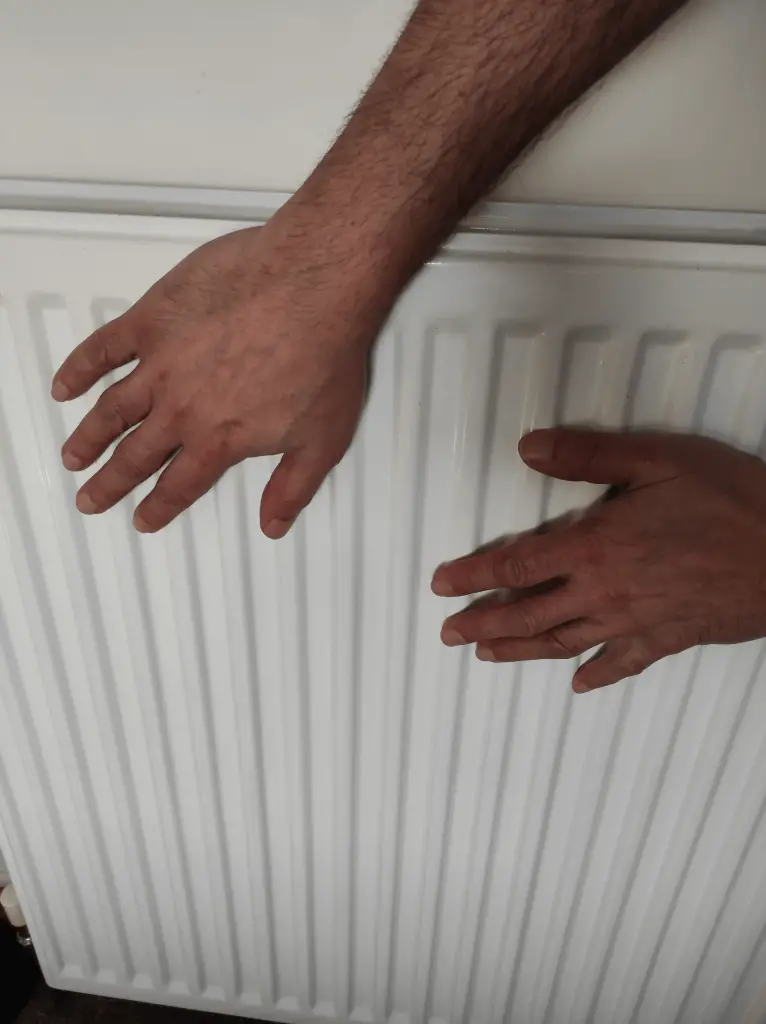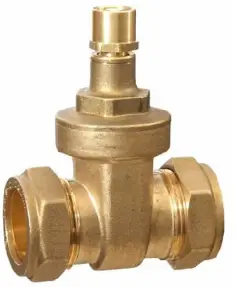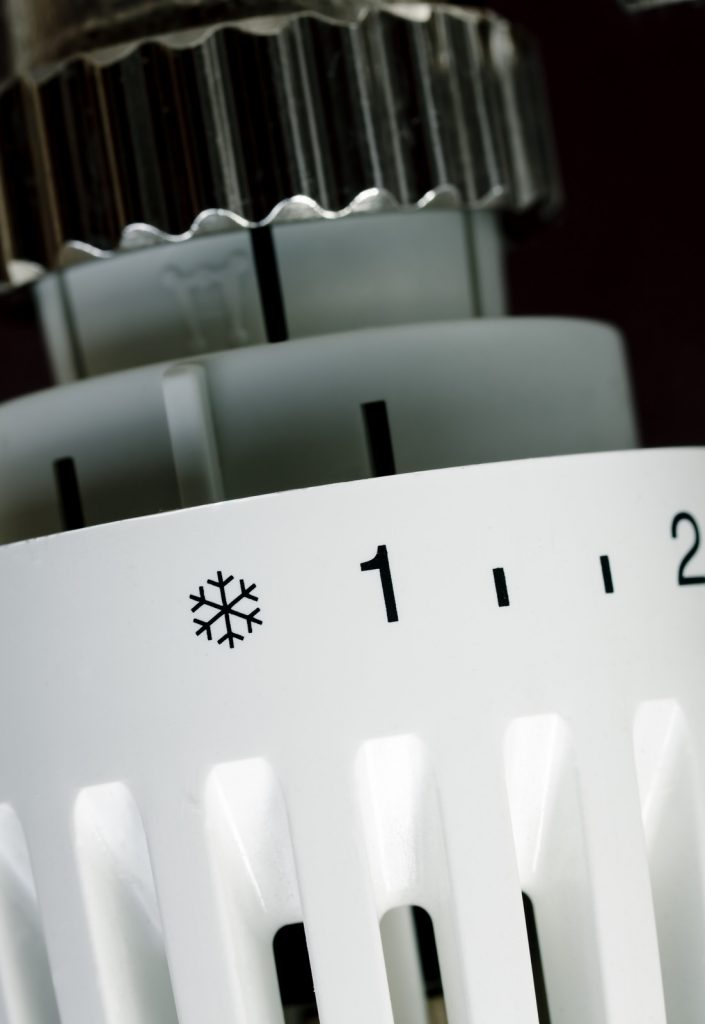Why is my radiator not getting hot?
The most common cause of a cold radiator, as long as it’s only one, is trapped air. This is common when the heating system has been off for the summer and you are turning it on for the first time in the cold weather. This is usually the case even with a new radiator that isn’t heating up.
Other causes include thermostatic radiator valve or lockshield valve faults, sludge in the system, or even radiator leaks.
One or two radiators in a system can be cold for a few reasons. Try to find and fix the fault yourself by following our guide below, before calling someone in to help. And, soon you’ll have a cosy home again.

The main causes of one radiator not working:
- Trapped air.
- Lockshield valve is turned off
- TRV pin is stuck
- Sludge in system
- Air lock in the system
Causes and fixes for a radiator not getting hot
1. See if there is any air in the radiator
Put a radiator key in the bleed valve and see if any air comes out. If only water comes out then there’s no air in the radiator. Make sure the heating is off when you do this as the water expands when its hot and so may come out quicker than if the system was cold, giving you the wrong impression.
Lots of air in central heating system
Having air in a central heating system is normal because of the way a combi boiler works, even if there is no leak. You shouldn’t need to bleed the radiators too often though. Topping up the system with fresh water can also let excess air in, which is why you need to bleed the radiators affected straight after.
2. Feel the radiator to see where it is hot or cold
If it’s hot at the top this means there’s no air inside. If you feel it cold at the bottom though, there is a good chance of sludge being in the radiator in which case it should be isolated and removed from the system and taken outside to be cleaned.
3. Check the lockshield valve on the radiator

The lockshield valve adjusts the hot water flow going into the radiator and may help get the radiator working better. It is on the other side of the radiator opposite the adjustable valve. The system should have been balanced when installed so check if you can turn the lockshield valve on about half a turn more clockwise with a pair of pliers. If you can’t turn it clockwise anymore it means it’s on full.
If you get air in the radiators frequently and find yourself having to bleed one or two, you can purchase a self bleeding automatic radiator bleed valve like this one (link to Amazon UK) which will do the job for you.
4. Check the thermostatic valves

If you find one radiator cold, turn off all the other radiators in the house by turning their thermostatic valves TRV) to setting 0 then turn the heating system on. That radiator should get really hot as it’s the only one on the system turned on. If it still doesn’t heat up fully, the TRV on that radiator could be faulty.
Sometimes the pin inside it gets stuck down or pops up slightly which means only a tiny amount of heat is going into the radiator. This way you can verify it’s only that radiator that is faulty rather than the whole system.
Leaking thermostatic radiator valve
If the trv is leaking water down from the top of the valve head, your only option is to replace the trv completely. If the leak is from one of the compression nuts, this can be easily fixed by tightening the nut. If that doesn’t work, turn the valves off at both ends, drain the radiator and apply some white PTFE tape (plumbers tape) around the joint.
5. Balance your radiators
If you have had any alterations done such as moving a radiator or adding another one to the system will likely cause an imbalance in the heating. Your heating system may need balancing again so all the radiators heat up evenly.
This is done by closing all the valves down then slowly turning them on in small amounts with each radiator working your way to the furthest one in the house away from the boiler which will be turned on full.
So the nearest one to the boiler will be open a quarter turn, then the next one along will be a half-turn etc.
6. A radiator leak
A leak from a radiator will be a sign of internal corrosion inside it. Although this can be fixed temporarily with leak sealants, it usually means the radiator will need to be replaced sooner rather than later. Double check it is the radiator itself that’s leaking rather than the joints, nuts or pipework coming into it; you may get lucky and only need to tighten them.
Radiator leaking from the top
A radiator leaking from the top points to the bleed valve or the blanking cap. The radiator doesn’t need to be replaced in this case. With the blanking cap, apply plenty of PTFE tape around the thread before screwing it back in. It is best to replace the bleed valve if it leaking as you need to use it more often if using it to bleed the radiator
All radiators not heating up
If multiple radiators in your home are cold, check for trapped air in the system as this is a clear sign. Then bleed your radiators one at a time, starting with the one furthest away from the boiler, finishing off with the radiator closest to it. You will need to repressurise the boiler once the radiators have been bled.
Summary
So as you can see, there are many reasons why a radiator can be cold and most of the time there are simple causes and fixes. But, after trying these without success or if you don’t feel confident attempting any of them, please call someone who is competent at fixing the problem. If you’re looking for a local engineer, the following link can help:
*The information in this article should be used for general guidance only and not as financial or health advice. Full details are on the link in the footer to our disclaimer page. Always discuss your requirements with a competent and suitably qualified professional before undertaking any work.
Affiliate disclosure
Heatology.co are participants in a variety of affiliate schemes which help fund and run this website, visitors who follow our links and purchase a product may earn Heatology.co a commission. The money we make from affiliate marketing costs you nothing but keeps us online, so thank you for your continued support!
